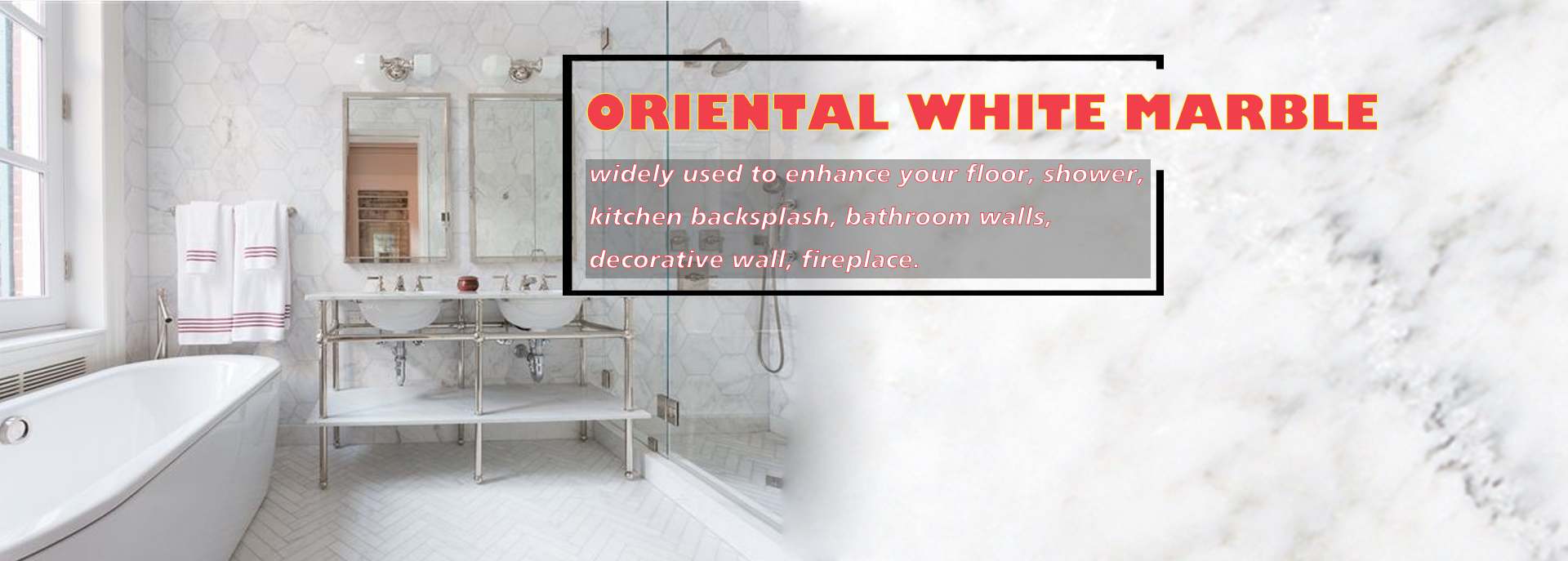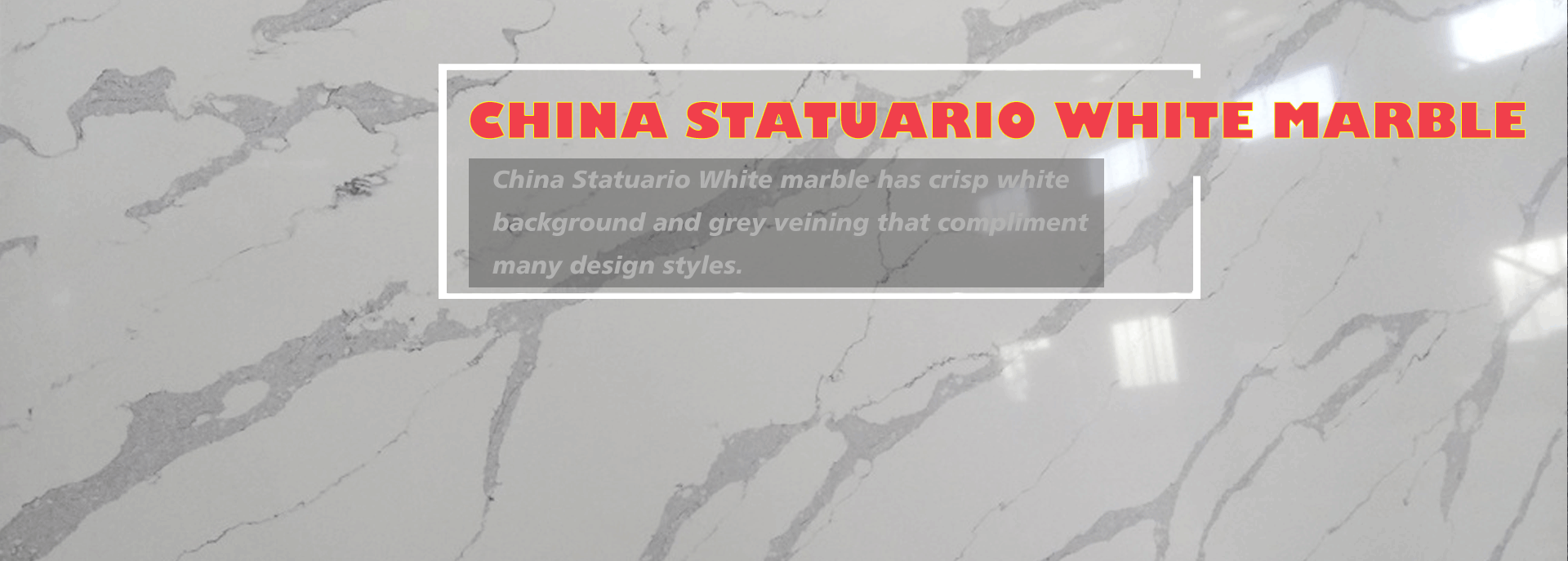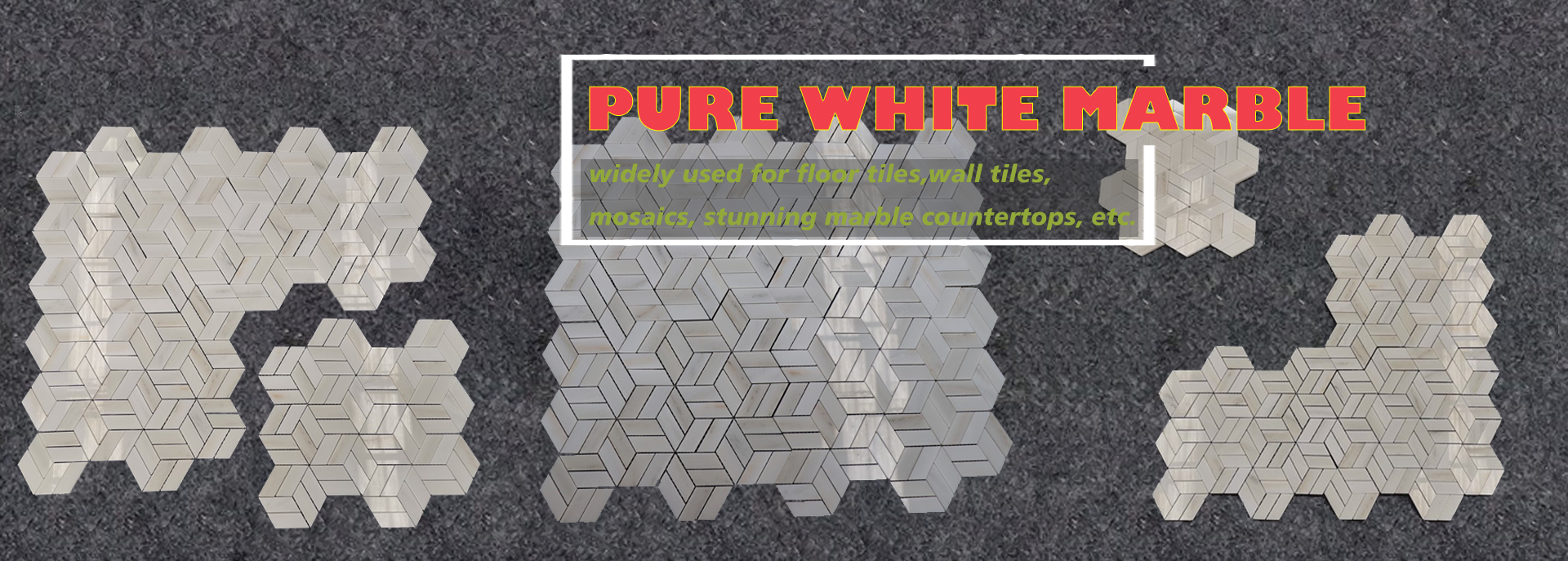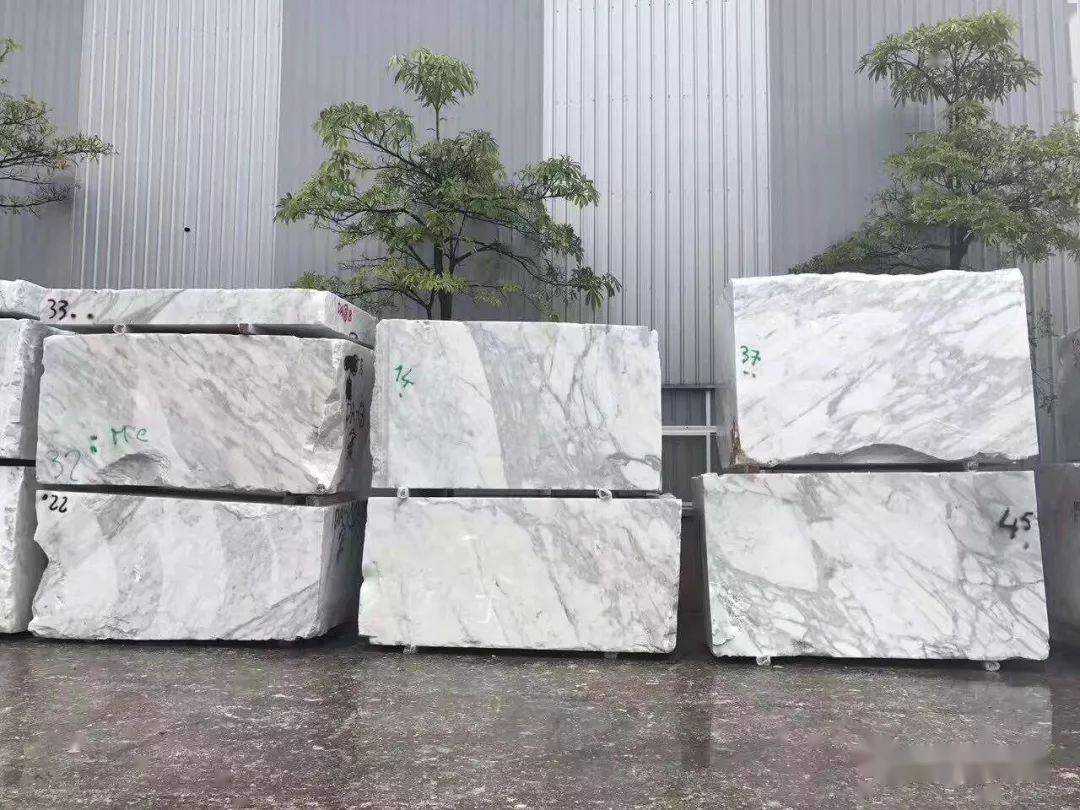
White is one of the most classic and commonly used colors in decoration design, such as Abu Dhabi Mosque (Yugoslav white), China Banking Regulatory Commission office building (snow white, Oriental white), Huanglong Hotel (fish maw white) and other classic buildings. This article introduces the distribution and formation process of white marble.
★
Distribution of mines
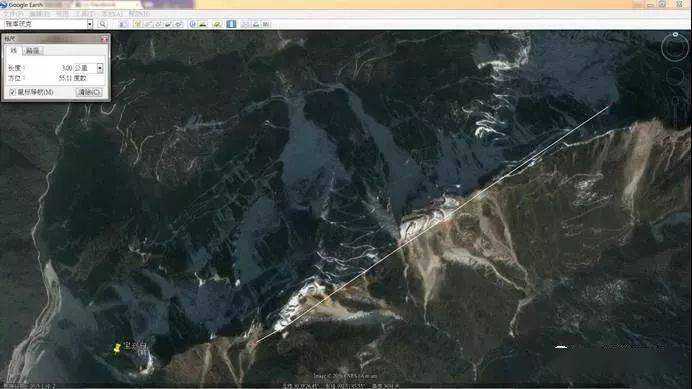
The distribution of white marble is very characteristic. The main varieties in the world are distributed in several large mining areas with a radius of less than 20 square kilometers. A large number of mines are distributed in the same mining area, and the materials produced are similar and different. There are also sporadic white marble mines in the world, but these mines are difficult to form a climate. Soon they will gradually disappear from the market due to their own quality problems or ore body depletion. The main reason for the difference is the formation of these two types of white marble. The mechanism is different.
There are three major mining areas in the world: Carrara in Italy, VOLAKAS in Greece, and Baoxing in China.
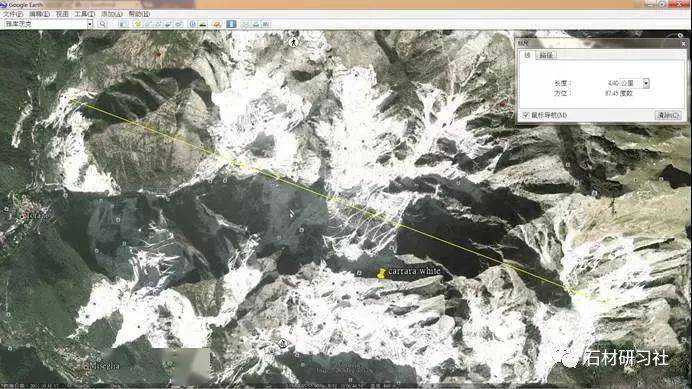
The Carrara area is the most famous and largest white marble mining area in the world. It mainly produces fish maw white, snow white, large white, medium white and fine white marble. All mines are concentrated in a radius of about 15 square kilometers.
The VOLAKAS area of Greece mainly produces Yashibai, Jazz White, New Jazz White and other varieties, and the mines are distributed within the range of 8KM*2KM. China's Baoxing area mainly produces oriental white, landscape paintings, blue sky white jade, blue sky jasper, etc. The mines are distributed in an area of less than 10 square kilometers.
★
Formation process
White marble is formed by recrystallization of ordinary calcium carbonate/magnesium, and white is the natural color of calcium carbonate/magnesium. There are two main driving forces for recrystallization: one is high temperature and the other is high pressure .
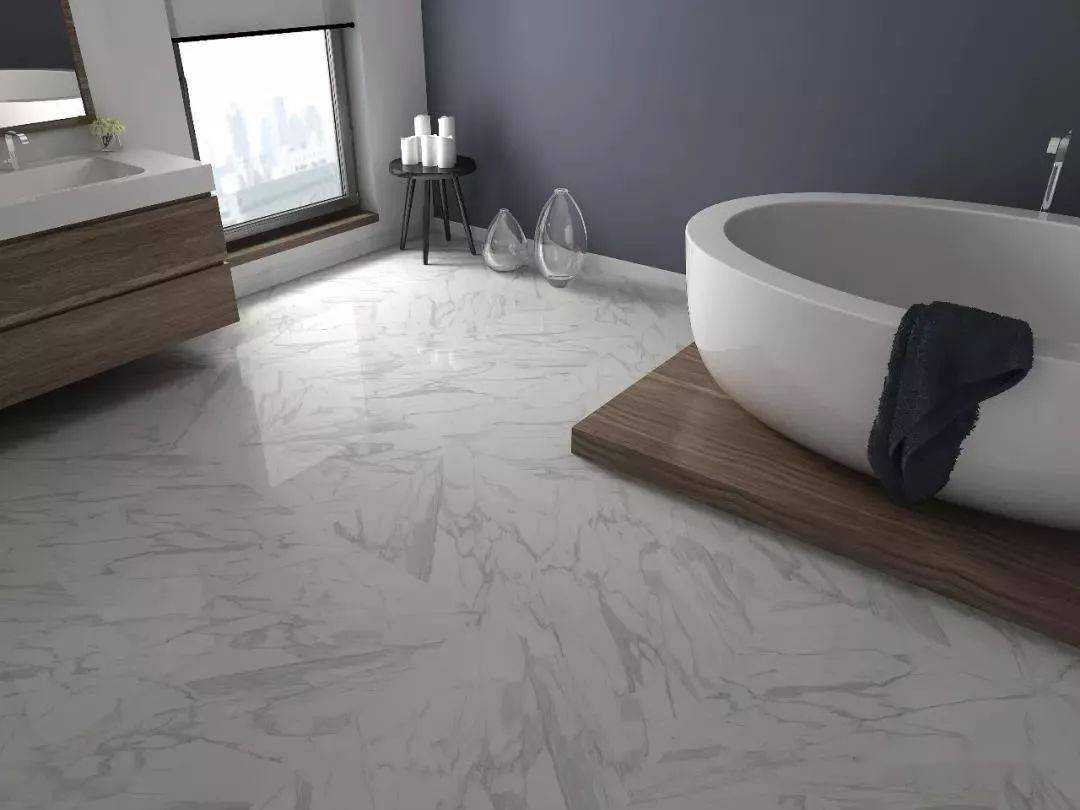
The recrystallization of calcium carbonate/magnesium with high temperature as the main driving force mainly occurs in two situations geologically, one is hydrothermal intrusion, and the other is heating caused by geothermal gradient effect after deep burial. It is well known that calcium carbonate will decompose into quicklime and carbon dioxide when heated directly to 900°C under normal pressure:
However, at ten times the atmospheric pressure, the melting point of calcium carbonate can be measured to be 1289 °C. Ten times the atmospheric pressure is a geologically ultra-low pressure environment. This pressure can be reached 50 meters underground or 100 meters in seawater. After applying a certain pressure and heating, the calcium carbonate will reach a molten or semi-molten state and recrystallize.
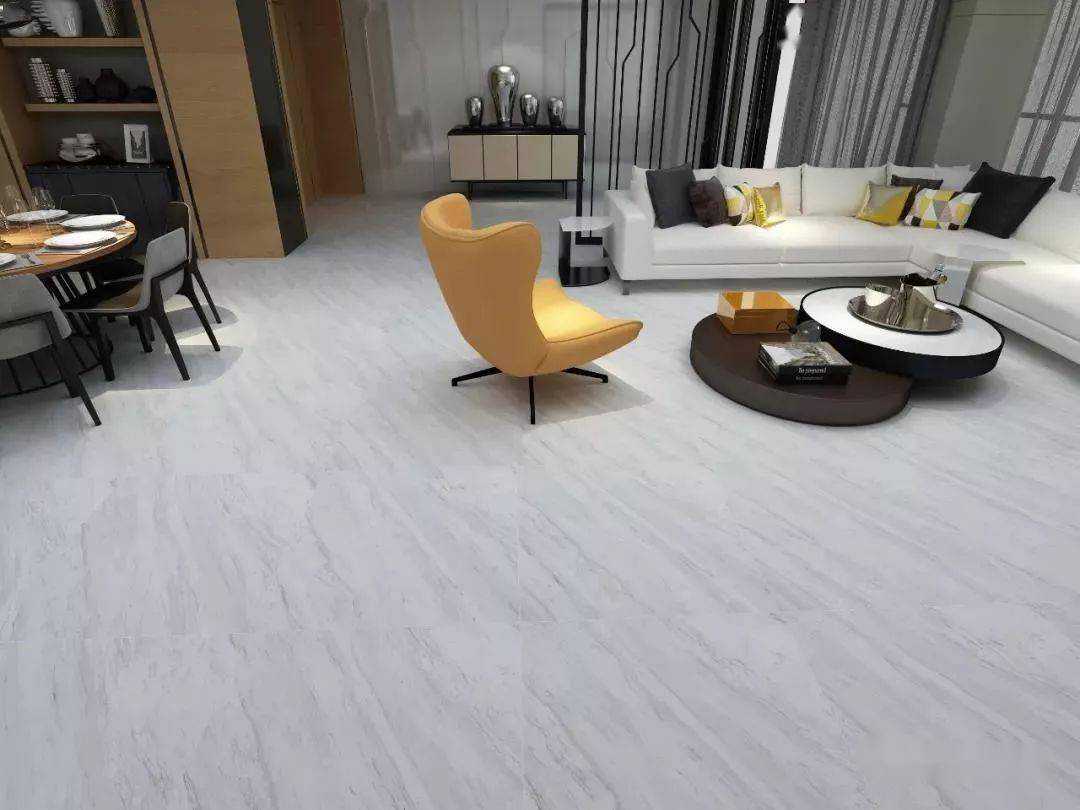
The calcium/magnesium carbonate recrystallization with high pressure as the main driving force does not occur in the ordinary deep burial process, because the rock temperature will increase significantly when the geothermal gradient effect is deeply buried. This situation mainly occurs in orogeny, local crustal stress, rapid rock deformation, and recrystallization of calcium carbonate/magnesium protolith into white marble.
★
Metallogenic characteristics and ore-controlling factors
1. The main white marble mines in the world are recrystallized with high pressure as the main driving force . The three main mining areas mentioned above are all located in the mountains and mountains. The Carrara mining area is within a distance of 4 kilometers, and the altitude is raised from 100 meters to 900 meters. The Yashibai and Jazzbai mining areas are within a distance of 12 kilometers. It has risen from 150 meters to 1100 meters, and the Baoxingbai mining area in my country has risen from 1800 meters to 3300 meters above sea level within a distance of 2.8 kilometers! These are the results of mountain building movements that have occurred in geological history.

2. All stone materials are required to have sufficient flexural strength. If the original rock is only recrystallized under the action of high temperature, on the one hand, the crystallized particles may be relatively large, and the calcium carbonate/magnesium crystals are completely cleaved, and the boundaries between the particles may be Clearly, both of these aspects seriously reduce the flexural strength of white marble.
A few years ago, there was a white crystal mine in Shaanxi, my country. The color was very white, but the flexural strength was poor, so it could not be mined as a stone mine in the end. For recrystallization with high pressure as the main driving force, the general crystallization environment is dynamic and unstable, the crystal particles formed are finer, and the boundaries between crystals are distorted or ablated, and the physical properties of the white marble formed are better.
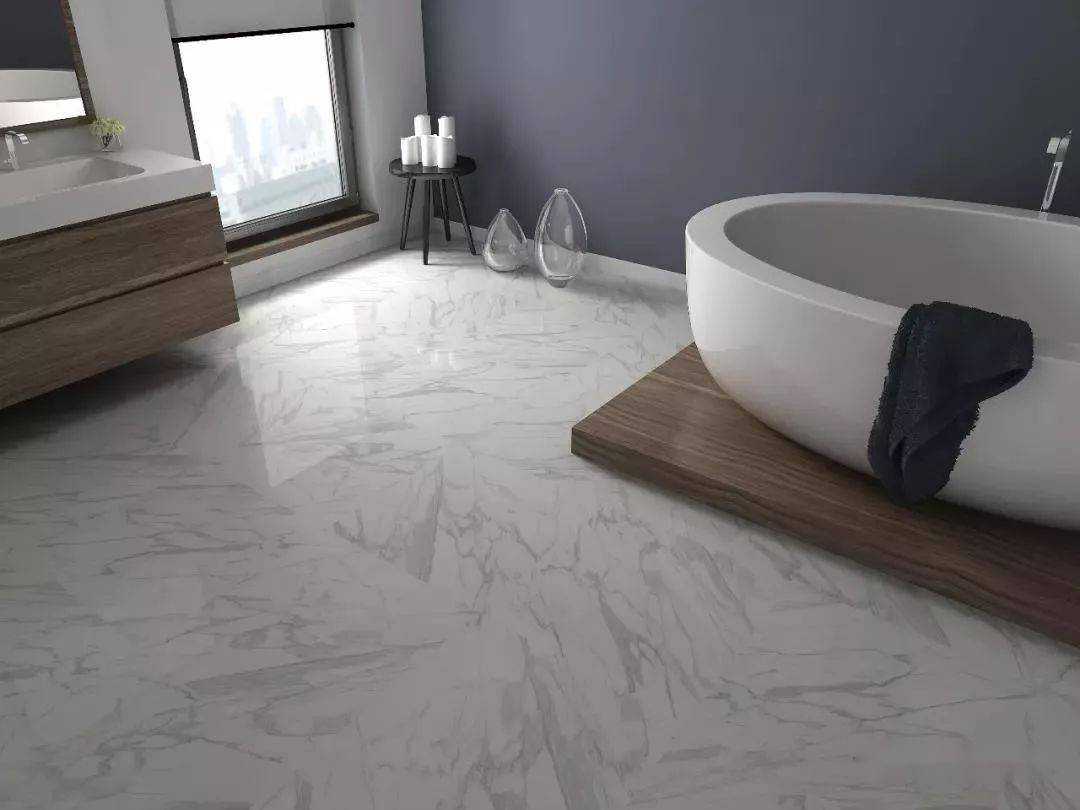
3. The mines formed by contact metamorphism are generally small in scale, similar to jade mines. Their reserves are limited, and they cannot form world-renowned mining areas that can be exploited for hundreds of years.
4. White marble generally has very beautiful decorative patterns, which are easier to form under high pressure. As the pressure increases, the impurities in the original will be aligned in parallel, forming a beautiful pattern.
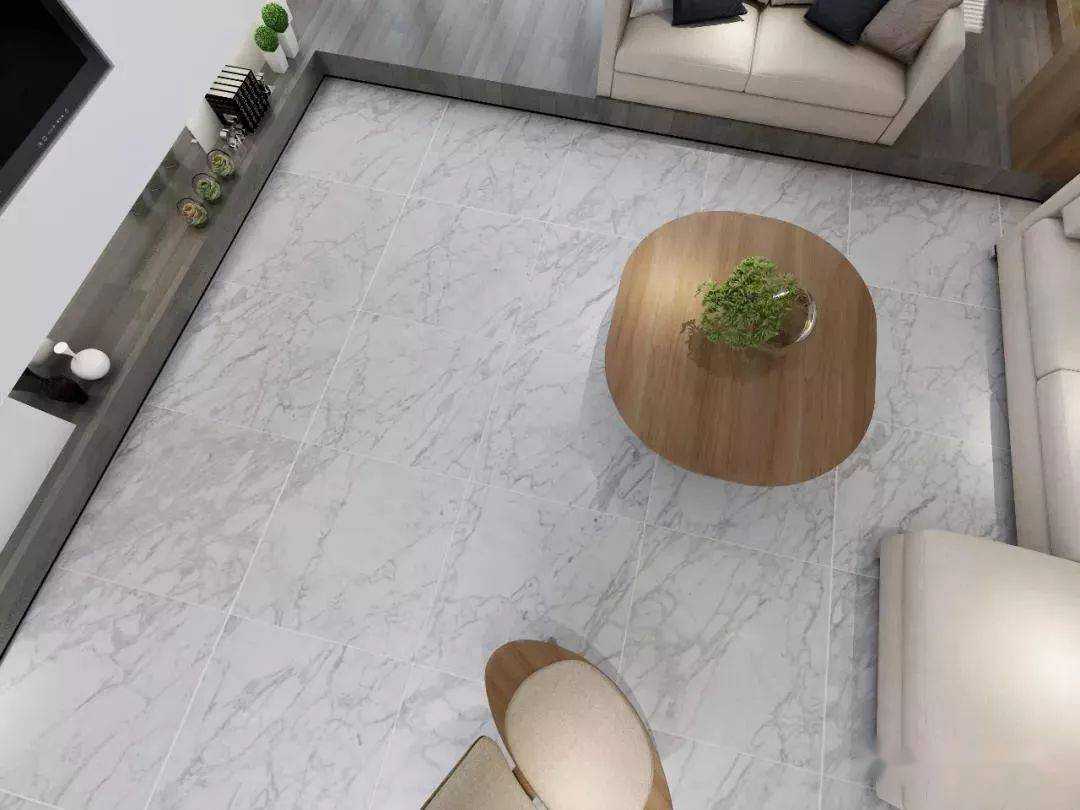
For example, the muscovite mica in Baoxing White has a very obvious directional arrangement, and when the board is opened along the arrangement direction, beautiful landscape patterns will be cut out. The sutures in the original rock are relatively common. For example, there are many obvious sutures on the board surface of Guangxi White, which affects the appearance to a certain extent. The fish maw white and snow white also have dark impurities, but after continuous extrusion and deformation of high pressure, the impurities are obviously dispersed and faded, forming a beautiful pattern.

